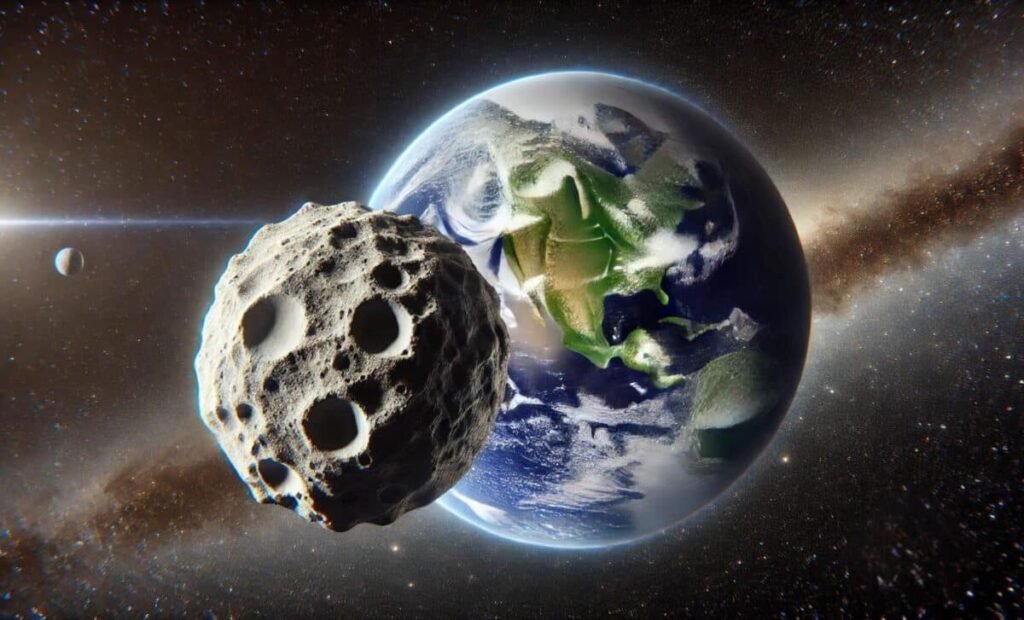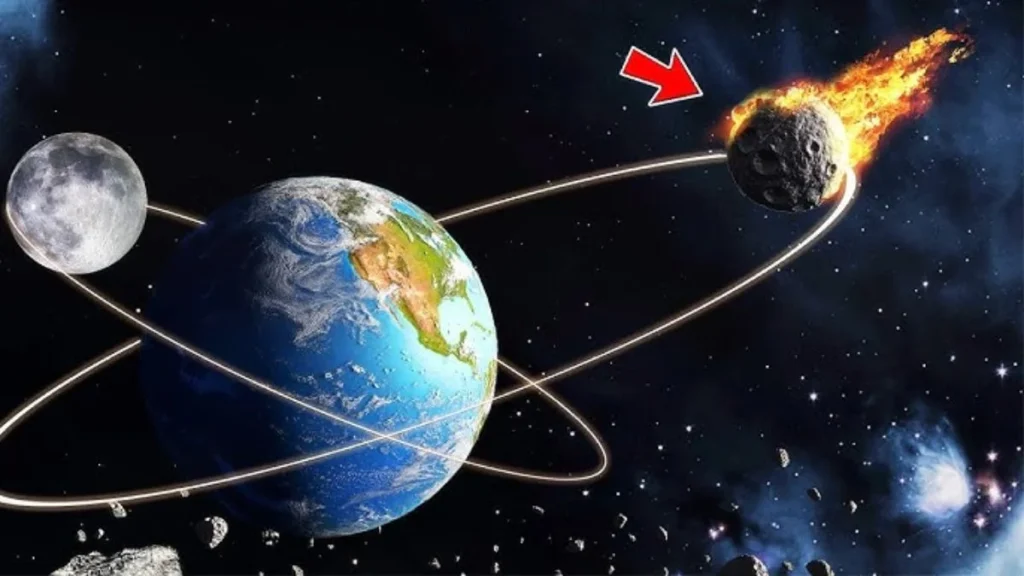Earth will have an Asteroid 2024 PT5 as a temporary companion from September 29 to November 25, 2024. This asteroid will travel in a two-month orbit around our planet, resembling a mini moon. However, it is too dim to be seen with the naked eyes or even the commonly available amateur telescopes. This unusual astronomical event will demonstrate the strength of Earth’s gravity.
What is a mini-moon?
A mini moon is a tiny asteroid that is momentarily captured by the gravity of Earth. These mini-moons are transient; they disappear after a little period of time, unlike our eternal Moon. During its near-Earth orbit, the 10-meter-long (33-foot) asteroid 2024 PT5 will be one of these mini-moons, passing momentarily beside our Moon.
Characteristics of Asteroid 2024 PT5
On August 7, 2024, NASA’s ATLAS program made the initial observation of asteroid 2024 PT5. Like other asteroids in the Arjuna asteroid belt, asteroid 2024 PT5 also follows a similar route. It won’t round the entire round of Earth; instead, it will travel in a horseshoe pattern before escaping the pull of gravity. Following November 25, 2024, PT5 will continue its space voyage by escaping Earth’s gravitational pull and resuming its orbit around the Sun.

Scientific Importance
The asteroid 2024 PT5 is a member of a group of near-Earth objects that share an orbit with Earth. Because of its proximity to Earth and relatively low velocity, Earth’s gravity will briefly change its course, turning it into a mini-moon.
Earth has already had mini-moons, but most amateur telescopes and the naked eye won’t be able to see Asteroid 2024 PT5. At a magnitude of 22, it will only be seen to sophisticated observatories.
The mechanics of near-Earth objects can be better understood by examining the asteroid 2024 PT5, despite its modest size and short stay.
Astronomers can enhance their models of gravitational interaction and their predictions for how additional asteroids may behave when they approach Earth by examining how Earth’s gravity affects their trajectory.
This small moon presents an opportunity for scientists to get further insight into the behavior of near-Earth objects as they approach Earth. Astronomers can get more accurate predictions of the trajectories of asteroids by examining the interactions between Earth’s gravity and asteroid 2024 PT5.
Historical Context of Mini-Moons
Indeed, there have been previous mini-moons on Earth. One, for instance, circled our globe between July 2006 and July 2007. In 1981 and 2022, 2022 NX1, another asteroid, made two brief orbits about Earth. These occurrences demonstrate how occasionally Earth’s gravitational field picks up tiny asteroids.

Can we see Asteroid 2024 PT5?
This mini-moon is interesting, but it will be very difficult to view. It will only be visible to very sophisticated observatories with a brightness magnitude of 22. Even with high-quality telescopes, most people won’t be able to witness its passage.
About mini-moons
Once they are drawn into orbit by Earth’s gravity, mini-moons are temporary natural satellites. Typically, their diameter is merely a few meters, and their orbital period is only a few months. They are also frequently small. About a year passed during the most well-known mini-moon’s orbit, 2006 RH120. Although these objects differ greatly from our permanent Moon, they aid scientists in understanding the mechanics and motion of asteroids in space.
Conclusion
The temporary presence of asteroid 2024 PT5 as a mini-moon offers a unique opportunity for scientific study. Although it won’t be visible to most people, this rare event allows astronomers to enhance their understanding of near-Earth objects and the gravitational dynamics that influence them. While fleeting, these mini-moons provide valuable insights into how asteroids behave when they come near Earth, contributing to more accurate models and predictions for future space phenomena.















dodb buzz Good post! We will be linking to this particularly great post on our site. Keep up the great writing
Clochant You’re so awesome! I don’t believe I have read a single thing like that before. So great to find someone with some original thoughts on this topic. Really.. thank you for starting this up. This website is something that is needed on the internet, someone with a little originality!
YouJizz I’m fairly new to blogging, and I genuinely enjoy your content. This article truly piqued my interest. I’ll save your website and regularly check for new posts.
Your article helped me a lot, is there any more related content? Thanks!